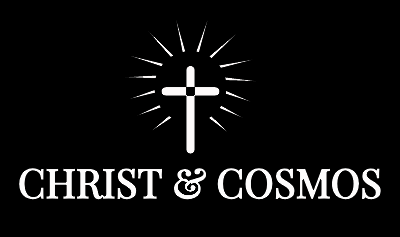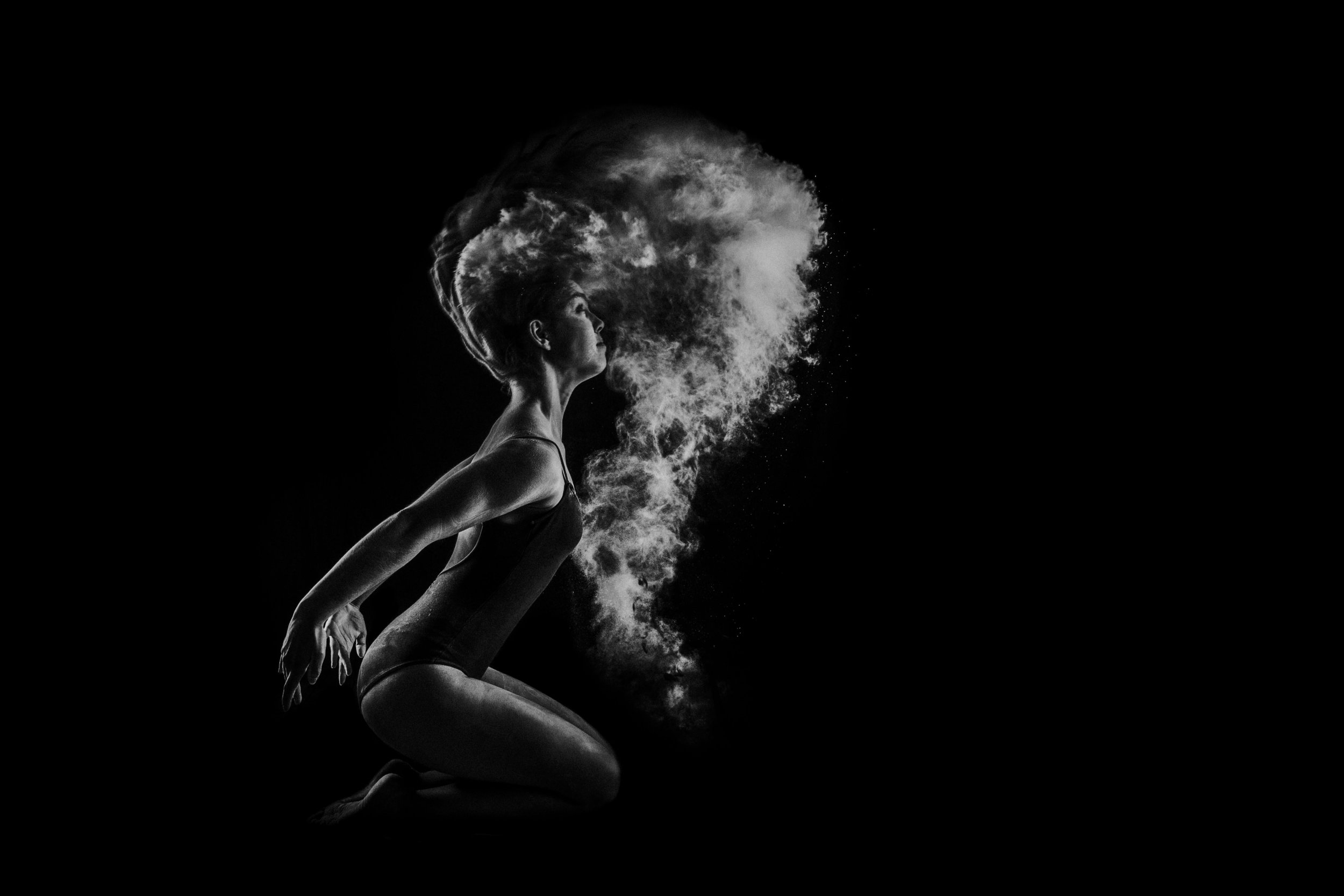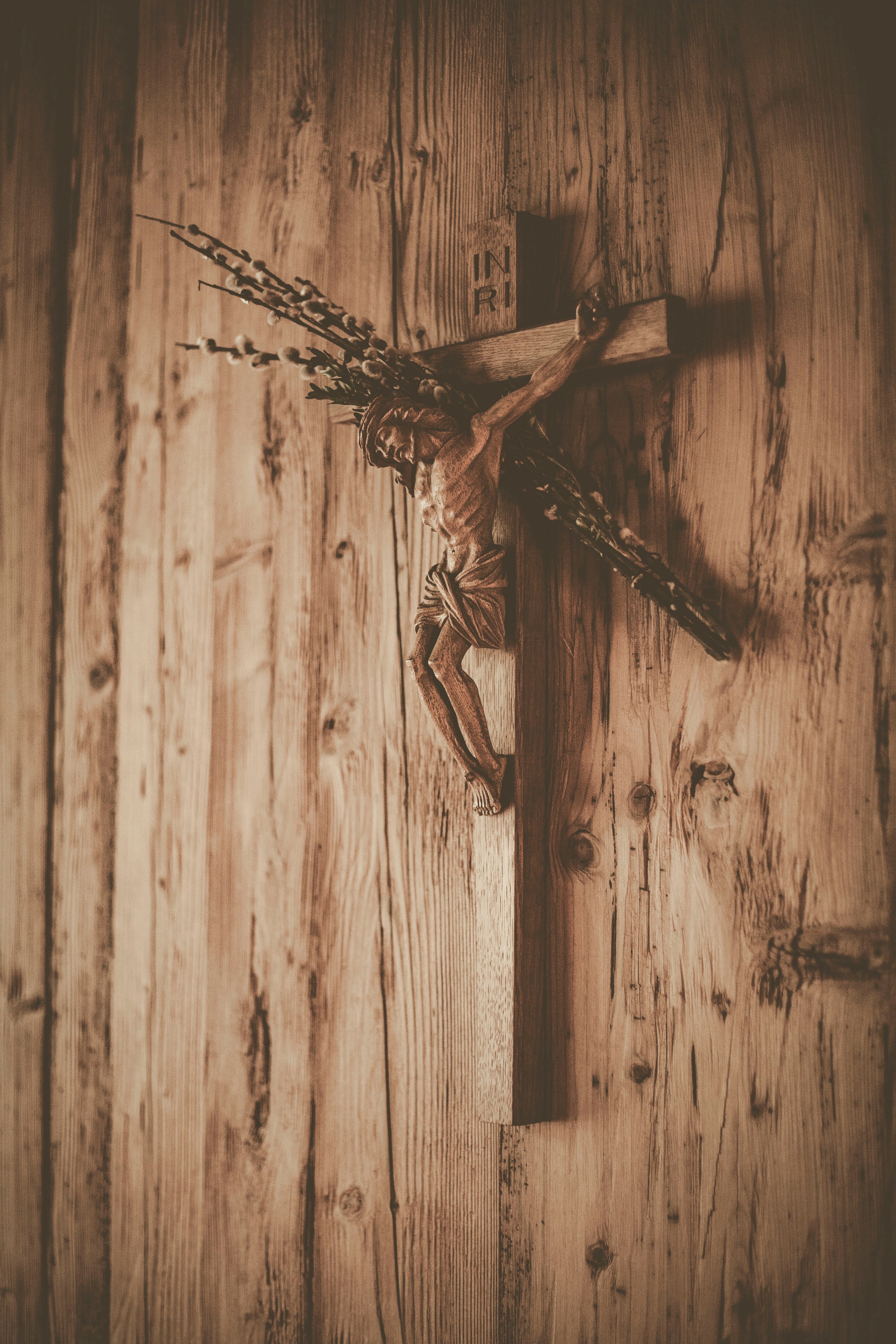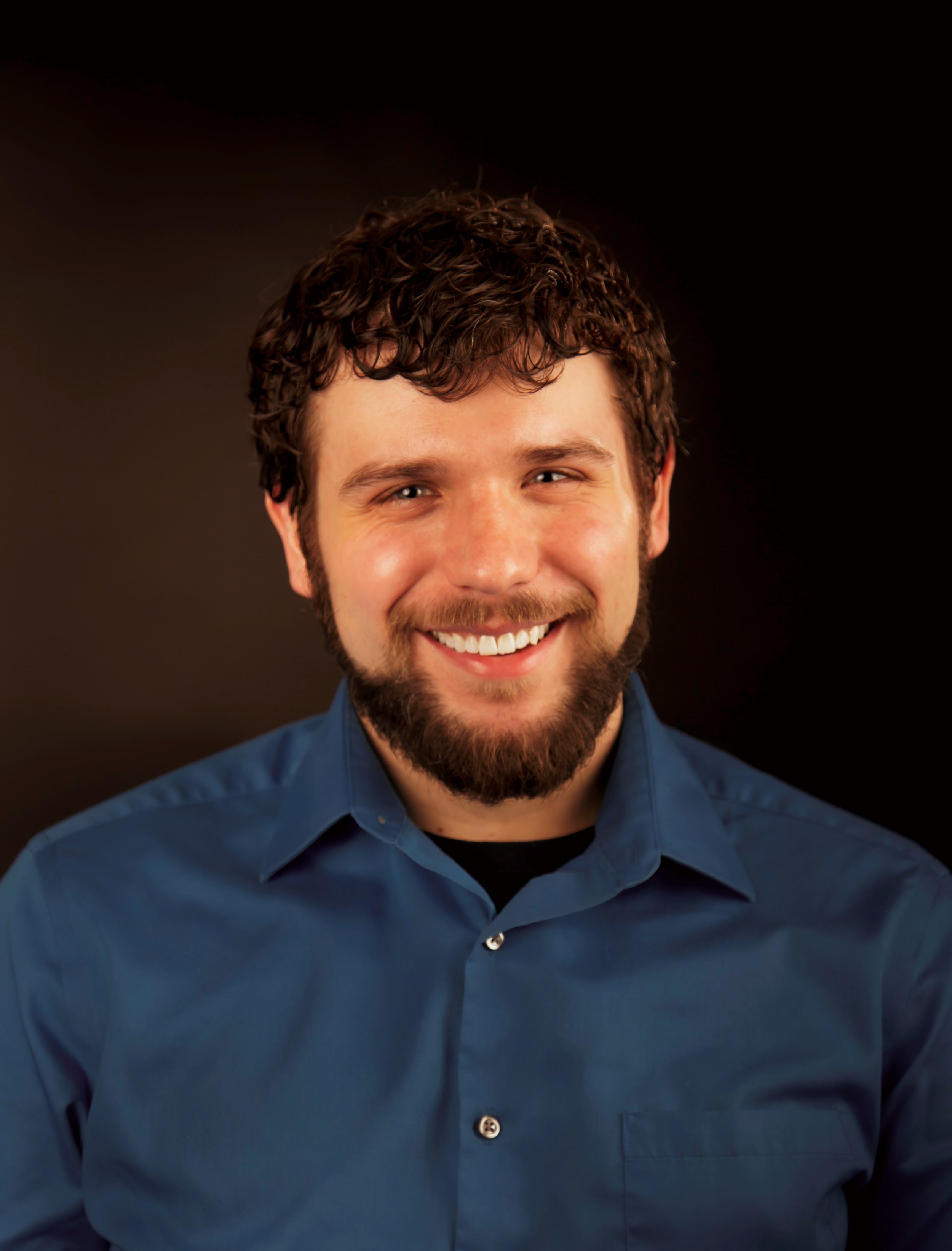Christianity and Mindfulness: Can They Work Together? Some Insights from Contemplative Prayer
MINDFULNESS: WHAT IS IT?
Mindfulness is everywhere in the U.S. today: in magazines, on TV, on phone apps, in classes taught at your local gym – or even in your church. Mindfulness is ubiquitous, to be sure, but its definition can also feel vague. Just what is this thing called mindfulness?
In fact, mindfulness is not so much a thing as it is a state of mind, a disposition. Mindful.org defines it thus: “Mindfulness is the basic human ability to be fully present, aware of where we are and what we’re doing, and not overly reactive or overwhelmed by what’s going on around us.”
Mindfulness is thus a matter of being: of being present, aware, in some sense passive – of allowing what comes to come, without too much fret over it. These notions, in one sense or another, show up in any piece of proper mindfulness literature, from the writings of Thich Nhat Hanh to Mindfulness Magazine.
Presence is really the key term here. It is no accident that it shows up first in our definition. It is the controlling idea of mindfulness: the goal of mindful practice is to attain full, complete presence, insofar as – and for as long as – this is possible.
Thich Nhat Hanh speaks constantly of presence and its importance. For him, it is not merely a matter of being present in some abstract sense; rather is a matter of being present-with in the concrete – a disposition towards things that keeps me “really there” with them. It is, Hanh says, an insight into the interconnectedness of all things. The goal is to see ourselves as in some sense “one” with the very things we perceive.
This notion of “oneness” is not as vague or even as mystical as it sounds. It does not remove distinctions between myself and the things that surround me. Rather, it is a different way of seeing my relationship to them. The key is to abandon modern, Western notions where we start with the idea of permanent, durable things which persist over time, maintaining their identity; and instead start with moments, acknowledging these alone. As Hanh says over and over again, there is really only the present moment. Nothing else.
Starting, then, from moments, rather than from durable things, we begin to see the things around us as relative to moments. If there is only this moment, then all things here and now must be contained within this moment. Things are not durable, permanent; rather they are instances, occurrences whose persistence over many moments gives the illusion of a lasting identity. If we start with moments, then, rather than things, we begin to see that things are really just instances, occurrences, forming parts of a larger web called Now – that is, in this instantaneous event happening right here.
This sounds extremely difficult, maybe even incomprehensible. But with practice, one gains eyes to see – and nothing becomes simpler or easier. Indeed, even just a moment of poetic description begins to bring this truth home to us.
Thich Nhat Hanh starts The Art of Living’s first chapter with just such a description. He writes:
Imagine, for a moment, a beautiful flower. That flower might be an orchid or a rose, or even a simple little daisy growing beside a path. Looking into a flower, we can see that it is full of life. It contains soil, rain, and sunshine. It is also full of clouds, oceans, and minerals. It is even full of space and time. In fact, the whole cosmos is present in this one little flower. If we took out just one of these ‘non-flower’ elements, the flower would not be there. Without the soil’s nutrients, the flower could not grow. Without rain and sunshine, the flower would die. And if we removed all the non-flower elements, there would be nothing substantive left that we could call a ‘flower’. So our observation tells us that the flower is full of the whole cosmos, while at the same time it is of a separate self-existence. The flower cannot exist by itself alone. (Thich Nhat Hanh, The Art of Living, 11-12).
With this example of a flower, Hanh wants to illustrate a concept he calls interbeing. This is not common parlance in mindfulness, necessarily, but its basic idea comes up frequently. The notion is meant to illustrate that no being whatsoever is isolated. We quite literally are not alone – ever. We can never be in a way that does connect with, contain, and participate in other beings. All being, in short, is being-with.
Of course, all Hanh has really demonstrated here is the interrelatedness of things. But the example is meant to lead you, slowly but surely, into a deeper insight about the moment. For because of the impermanence of all things – which he stresses in the next chapter – there is really only this moment, and nothing else.
And in this moment, in one sense or another, all things are related to all other things. Each moment unfolds much like that flower: it blooms outward as a whole, with every petal showing forth, not alone, but in concert with every other. To see this, and to feel oneself to be a part of this blooming as well – this, truly, is being present in the mindful sense.
Such presence makes us deeply aware of, and in tune with, the world around us. This awareness is not a matter of separating ourselves from the world, of being on guard or hyperalert to dangers. Rather, it is a matter of coming to see ourselves as effortlessly unfolding with the world of which we are a part. For we ourselves are the present moment unfolding – just from a particular point of perception.
This awareness, in turn, allows us to act with, rather than against, what happens. And, moreover, it allows us to attain a certain passivity – or, better, nonreactivity – to what occurs, because each moment is fleeting, and our purpose is not to fight against that fleeting moment, but to allow ourselves to be part of it. If we are but impermanent and fleeting, if we are simply the passing moment, then why fight against the moment which we are? Why not, rather, flow with it, and perhaps learn to direct it?
Attaining a deep consciousness of this reality in your everyday life is the ultimate goal of mindfulness. But it is not necessarily why so many choose to learn about and practice it. Most have not given up on a sense of their separate identity. Most see it, instead, as a tool, which can help them to better cope with the stresses of their modern lives. Their approach is therefore utilitarian. It is only the deeper practitioners who actively resist the Western philosophy of permanent identity on which the whole of our modern life is based. And even these deeper practitioners – likely with some contradiction – tend to live modern lives.
INSIGHTS FROM CONTEMPLATION
But what does all of this have to do with Christianity? You might be thinking to yourself that the conceptual roots of all this sound remarkably like Buddhism – and that is no mistake. Thich Nhat Hanh is himself a Buddhist monk. Impermanence, interconnectedness, detached awareness – these are classic teachings of the Buddha. Most mindfulness practice has its roots in some form of Eastern, usually Buddhistic, meditation. Not all of its practitioners are Buddhists, of course, since not all practitioners endorse a “mindfulness philosophy”; but any mindfulness practitioner is maintaining a practice that stems from this philosophy – and that means, in some sense, that an Eastern philosophy is taking on an embodied life in them.
So, we have a popular, Buddhism-influenced practice on our hands. But how does this relate to Christianity? We might be tempted to say that the relationship must be negative, even confrontational. We might think that we should condemn mindfulness for much the same reason that Al Mohler condemned yoga for Christians.
But such an adversarial position would miss something important – namely, that Christians have their own very similar spiritual practice. This practice is what Christians have traditionally called contemplation. In the remainder of this piece, I hope to show that Christian contemplation has much in common with mindfulness meditation, even though the two do have some important differences.
In his book New Seeds of Contemplation, the Catholic monk and great spiritual writer Thomas Merton states the following about contemplation:
Contemplation is the highest expression of man’s intellectual and spiritual life. It is that life itself, fully awake, fully active, fully aware that it is alive. It is spiritual wonder. It is spontaneous awe at the sacredness of life, of being. It is gratitude for life, for awareness and for being. It is a vivid realization of the fact that life and being in us proceed from an invisible, transcendent and infinitely abundant Source. Contemplation is, above all, awareness of the reality of that Source. It knows the Source, obscurely, inexplicably, but with a certitude that goes both beyond reason and beyond simple faith. For contemplation is a kind of spiritual vision to which both reason and faith aspire, by their very nature, because without it they must always remain incomplete. Yet contemplation is not vision because it sees “without seeing” and knows “without knowing.” It is a more profound depth of faith, a knowledge too deep to be grasped in images, in words or even in clear concepts. It can be suggested by words, by symbols, but in the very moment of trying to indicate what it knows the contemplative mind takes back what it has said, and denies what it has affirmed. For in contemplation we know by “unknowing.” Or, better, we know beyond all knowing or “unknowing.” (Thomas Merton, New Seeds of Contemplation, 1-2).
This definition – insofar as there can be such a thing for contemplation – is multifaceted and complex. In some sense, Merton spends the next 300 pages of his book teasing out its various strands.
But right away we should see certain commonalities between mindfulness and contemplation, even if different terminologies may tempt us to think that totally different things are being said. For instance, Merton notes that contemplation is “fully awake” and “fully aware that it is alive.” Contemplation is awake to the world of which it is a part; it is awake to its own life, and the life around it; it is aware of its presence before and among all things; and it is above all aware of – and awake to – the Source whence all things spring. Is this not like mindful awareness?
Contemplation is, moreover, “wonder” and “spontaneous awe at the sacredness of life.” The spontaneity of this awe is important; it is not a reflective, nor a systematic awe, but rather an amazed awareness arising ever anew within the soul of the contemplative, noting how life itself is consecrated and set apart through God’s abundant love for His creation. Is such spontaneous awe not a kind of presence toward things?
This awe marvels at the world; and in its spontaneity remains ever attuned to it in each moment, at each event. Yet it does differ from contemplation in one respect: It remains attuned, not only to each event as it (spontaneously) comes, not only to all things that flow forth before us in each event – but also to the Source from Whom all this is given. This, perhaps, is the most important thing that separates Merton’s definition of contemplation from our prior definition of mindfulness: its focus on the Source from Whom these things come.
This is a difference, true, but it may not be a fundamental incompatibility. After all, this Source is no concept, nor is it a thing we might know; it is rather an unknown – or, better put, One beyond knowing – with Whom we commune in contemplative life. It is not a being to be thought about, but the very Ground and Foundation of reality, the great I AM; it (He) is the personal Goodness who transcends our world in an inscrutable darkness.
This Source, because He transcends all logical or metaphysical explanation; because He is not an object, or an abstract entity of reason; because He is the inscrutable heart of all things, beyond our knowledge – because of all this, the conflicts between contemplation and mindfulness may be minimized. Yes, the great I AM stands beyond this moment – but He is not just another substance, or even the first substance. He is the one who spontaneously creates process, who bestows events, who relates to interbeing; and He is the One who does so in a shroud of utter darkness. Therefore the impermanent interbeing of all things is hardly threatened by contemplation’s experience of God. For as the utterly transcendent, beyond being and non-being, He does not necessarily contradict concept of being that mindfulness espouses.
THE COSMIC DANCE
In fact, contemplation embraces the graceful movement of this ever-flowing relationship of being-with. This becomes clear in the final, beautiful paragraphs of Merton’s Seeds:
What is serious to men is often very trivial in the sight of God. What in God might appear to us as “play” is perhaps what He Himself takes most seriously. At any rate the Lord plays and diverts Himself in the garden of His creation, and if we could let go of our own obsession with what we think is the meaning of it all, we might be able to hear His call and follow Him in His mysterious, cosmic dance. We do not have to go very far to catch echoes of that game, and of that dancing. When we are alone on a starlit night; when by chance we see the migrating birds in autumn descending on a grove of junipers to rest and eat; when we see children in a moment when they are really children; when we know love in our own hearts; or when, like the Japanese Bashō we hear an old frog land in a quiet pond with a solitary splash – at such times the awakening, the turning inside out of all values, the “newness,” the emptiness and the purity of vision that make themselves evident, provide a glimpse of the cosmic dance.
For the world and time are the dance of the Lord in emptiness. The silence of the spheres is the music of the wedding feast. The more we persist in misunderstanding the phenomena of life, the more we analyze them out into strange finalities and complex purposes of our own, the more we involve ourselves in sadness, absurdity and despair. But it does not matter much, because no despair of ours can alter the reality of things, or stain the joy of the cosmic dance which is always there. Indeed, we are in the midst of it, and it is in the midst of us, for it beats in our very blood, whether we want it to or not.
Yet the fact remains that we are invited to forget ourselves on purpose, cast our awful solemnity to the winds and join in the general dance. (Thomas Merton New Seeds of Contemplation, 296-7).
It is passages like these that make clear why Thich Nhat Hanh said of Merton, “He is an artist, a Zen” (from New Seeds of Contemplation back cover).
Here, I think, we see the heart of mindfulness and the heart of contemplation beating in near perfect concert. Here, the whole of reality is seen as impermanent movement; yet this movement is not tragic in its fleeting nature, but is rather joyous. Cosmic movement is seen as “play,” and is referred to as a great “dance.”
This dance is not going anywhere we can see. We cannot predict its purposes. “We analyze them out into strange finalities and complex purposes of our own” – but this is all vanity and chasing after wind. We cannot make God’s playful universe work as we want it to; but we also cannot prevent it from going its own joyous way in the end.
Learning to accept this, and even to join in the dance – without purpose, ego, inhibition, resistance, projection, separation, analysis, or private emotion – one can come to contemplate, and even participate in, the glorious workings of God. Here we see that, in a way, contemplation contains within itself the highest fruition of mindfulness: being-with the dance of impermanence that is aware of life, takes joy in life, but does not force life into its own purposes. Contemplation thus embodied is present, aware, and flows with things rather than against them – it is mindful.
A COMMUNION OF WORDS
Is the great goal of mindfulness, then, the same as the goal of contemplation? Not quite. Mindfulness is, ultimately, a kind of agnostic spiritual practice: it makes no claims concerning God one way or the other. Contemplation, however, is fundamentally theistic: amidst its dance, it keeps its gaze focused always on the Source of all movement. The contemplative dance is different from the mindful dance in that for contemplation, all things do not simply dance with each other; rather, all things dance with God, the great partner and choreographer.
We must be careful here: God does not move as created things move; He does not become. He is rather pure Being, pure Act, pure stillness, pure transcendence. He flows with things only through the principles, through the forms He creates. Our great dance happens only there, through these principles – where God’s energies flow forth, leaping out eternally towards us; and where this pure grace pulls us up towards Him.
When the created order dances with God, it does not dance with One who is subject to change, or to the laws of differentiation. Its dance is free and joyful and content precisely because the One with whom it dances is utterly free, and fully at peace in His repose. He is at peace because He is not subject to the tides of chance or change. His Goodness flows forth of Himself in His own rest – not by some partaking in the flux of fleeting moments.
The dance of contemplation, then, is rooted in repose. Its heart is the overflowing Love which knows no neither end nor beginning. It is a dance, even a dialogue, with the Lord of all things. Merton, expanding on his definition of contemplation, puts this well:
Contemplation is also the response to a call: a call from Him Who has no voice, and yet Who speaks in everything that is, and Who, most of all, speaks into the depths of our own being: for we ourselves are words of His. But we are words that are meant to respond to Him, to answer Him, to echo Him, and even in some way to contain Him and signify Him. Contemplation is this echo. It is a deep resonance in the inmost center of our spirit in which our very life loses its separate voice and re-sounds with the majesty and the mercy of the Hidden and Living One. He answers Himself in us and this answer is divine life, divine creativity, making all things new. We ourselves become His echo and His answer. It is as if in creating us God asked a question, and in awakening us to contemplation he answered the question, so that the contemplative is at the same time, question and answer. (Thomas Merton, New Seeds of Contemplation, 3).
This dance, then, is a response to God’s call, to God’s Word. It is a response wherein we learn that we ourselves are words of God, words responding to that voiceless One who calls us forth. We are words spoken by God; words that return and are gathered to the Word.
Here is the heart of the difference between mindfulness and contemplation. In mindfulness there is no final gathering; there is only movement, the endless smaller gatherings and dispersals which constitute our phenomenal reality. Movement has no direction, no purpose whatsoever. The contemplative, on the other hand, does see purpose in Creation. This purpose, however, is not so much known intellectually or systematically by us; it is rather trusted because we know, personally, the One Who gathers.
(Note that Merton is careful to talk about removing our finalities from the divine dance; he says nothing about God’s finalities or purposes. Thich Nhat Hanh would likely reject both ideas.)
CHRIST AMIDST THE DANCE
We know the Source, the Lord, the Word Who calls us, because this Word has become Incarnate. He has come to us in Jesus of Nazareth, the God-man, Who in perfect hypostatic union between humanity and divinity has fulfilled to the highest degree – indeed, to a degree we can only resemble – the communion between God and creature sought in contemplation.
And He has come, moreover, to take the sin that removes us from this communion, that endless morass of contradictions and insecurities by which we attempt, by any means necessary, to attain the wanton lusts of a desire curved in on itself, looking back at itself, ever watchful for the slightest injury to its fragile self-conception – an injury which comes inevitably and, by its very nature, makes us lash out and subjugate what hurts us.
He has, in perfect obedience, denied himself this evil, and simultaneously undergone its effects. He who knew no sin was “made to be sin,” as Paul says, and thereby undergone the consequence, the sentence of this evil – both as its perpetrator and its victim (2 Cor. 5:21). In so doing, He has achieved reconciliation between humanity and God, between creature and Creator, between oppressed and oppressor, between our fears and our loves, etc.
And it is this decisive event – this grand execution of death, sin and the devil – that forms for all the absolute Word of God for sinners: that we are forgiven, unconditionally and despite our works. For those with eyes to see and ears to hear, this grand climax of divine goodness is seen and heard ever and again in each thing, in each event spoken forth by God in His Creation. The contemplation of the divine dance is, really, the celebration of one who truly believes that we live in the denouement of history, and that she has been freed of sin, of death, of shame, of condemnation. It is the celebration of one who hopes against all comprehensible, reasonable hope that “it is finished” (John 19:30), and that she need only let this victory seep into her marrow, knowing that these bones shall live (Ezekiel 37:3).
Therefore, in properly Christian contemplation, mindfulness is transformed. Yes, it is indeed a matter of being-with all things in a nonjudgmental awareness; but it is a matter of doing so in such a way that we see and know the Crucified One, and God’s promise with Him, in the whole divine dance of the cosmos. It is the paradox of one who, like a Buddhist, has detached herself from worldly cares; but who also, through faith, grasps tightly onto Christ who stands still amidst the waters.
DAN TATE is a writer and blogger at Christ & Cosmos. A former atheist, he’s been surprised and amazed by the God of all things, and he’s passionate about sharing the gospel in ways that respond to contemporary concerns about theology, philosophy, spiritual practice, science, art, and more. A lifelong writer hailing from Upstate New York, he has a B.A. from Allegheny College, an M.A. from Syracuse University, and an M. Div. from Princeton Theological Seminary.








